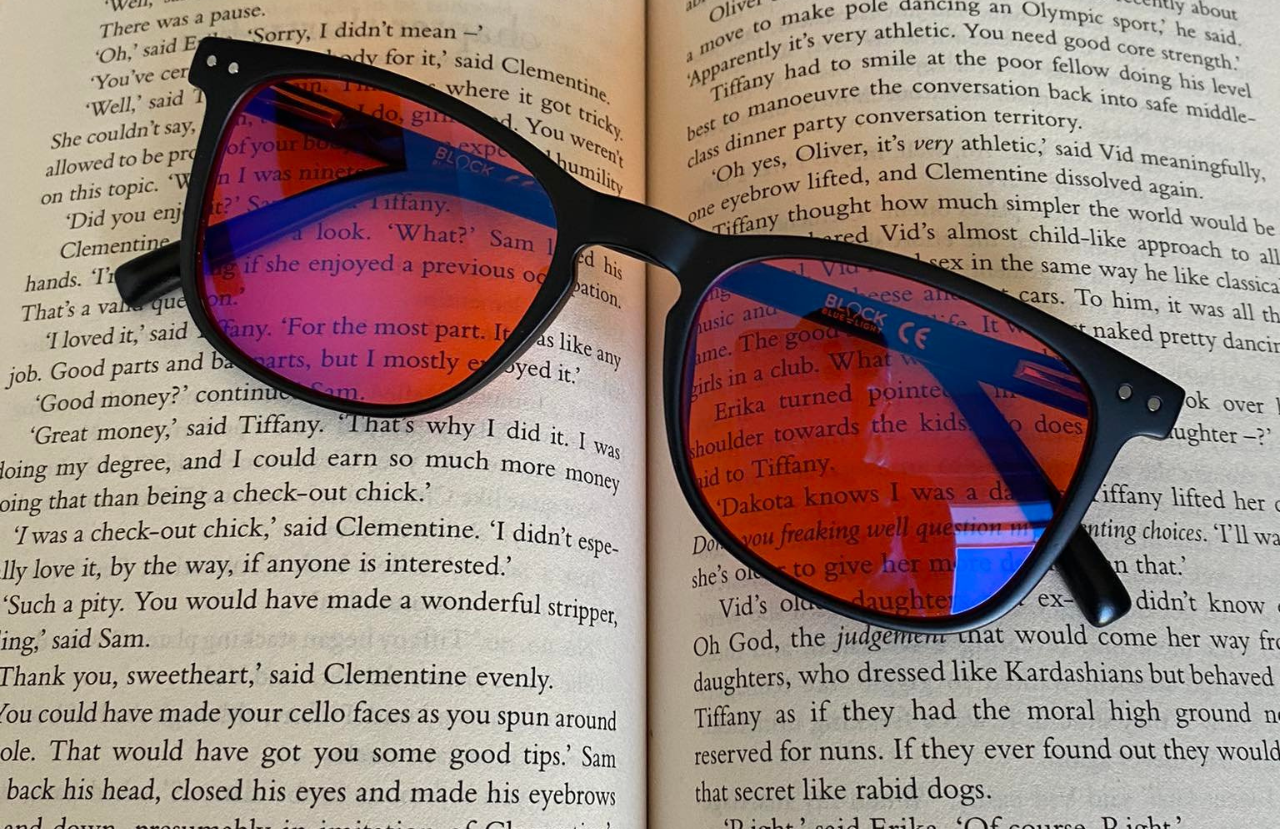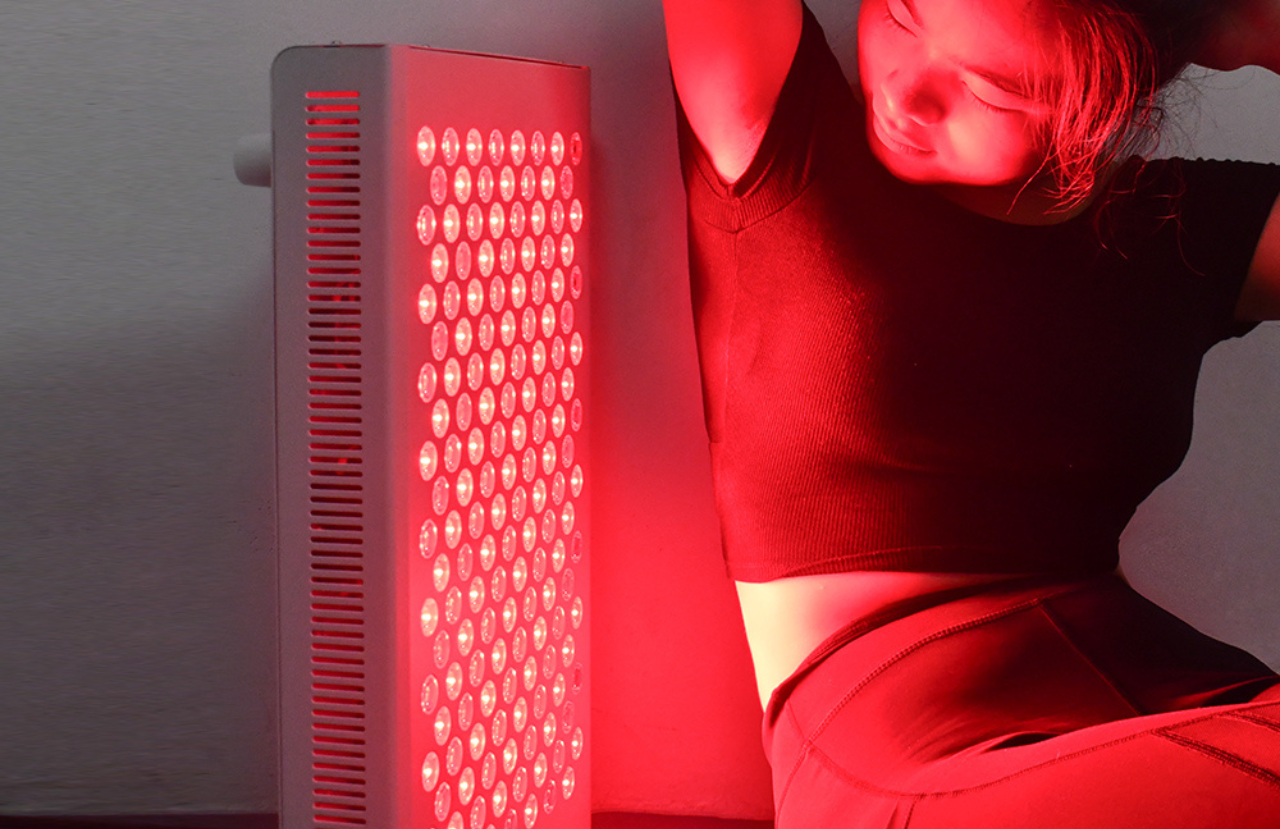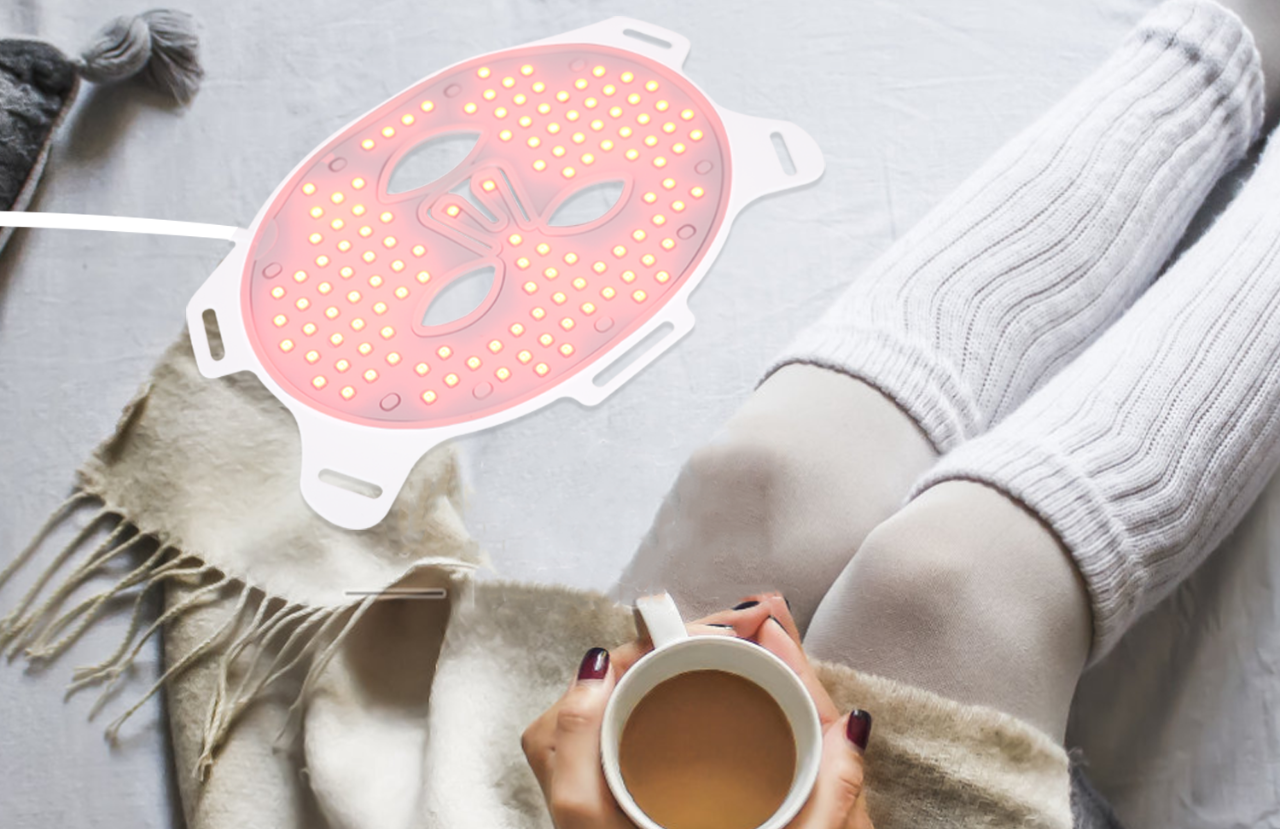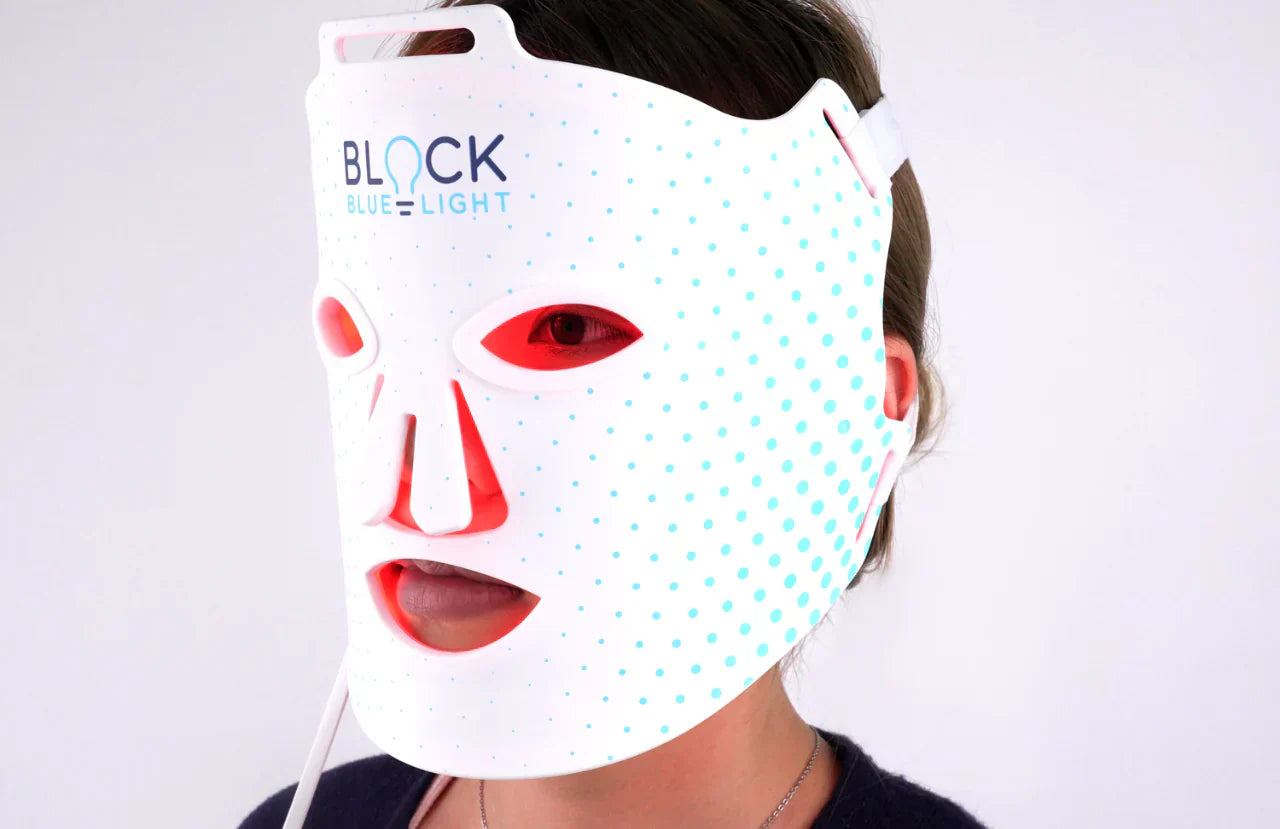What are reading glasses & why do they have blue light protection?
It can be difficult to read fine print sometimes or see close-up objects properly. That’s why doctors recommend reading glasses. Reading glasses lens makes it easier to see close objects in your viewing area. This makes reading less stressful for your eyes. Reading glasses with blue light protection shield eyes from the harmful effect of blue light, as well as making fine print and small objects easier to see.
- A common misconception about reading glasses is that they magnify small prints. Actually, they make it easier to read small print by providing the correct diopter strength, which usually begins at +0.25 all the way up to +4.00 (more on that later). This crystalizes near focus for reading and other close-up tasks. Reading glasses don’t discernibly enlarge text size or magnify objects, though the crystalizing effect can often feel that way.
- You don’t need a prescription to buy reading glasses. There are lenses with various diopter strengths and you can choose what strength you need (more on that below).
- You also don’t need weak eyesight or prescription glasses to buy reading glasses either. Many people don’t usually wear glasses normally but choose to keep a pair of reading glasses to help with close-up viewing.
But that’s all about reading glasses. What are reading glasses, blue light protection added on them? These are reading glasses, with blue light protection added to the lens to filter blue light wavelengths. Read about what they do and why they are important, below.
What are women's and men’s blue light reading glasses?

These are regular reading glasses with a magnifying lens, but they have a thin filter on the lens and special pigment inside, which filters the damaging wavelengths of blue light -380-500nm.
Women’s and men’s blue light reading glasses are built the same way as regular reading glasses with multiple magnification settings, but the lens simply disperses the blue light rays before they reach your eyes.
Why do I need reading glasses with blue light protection added?
Blue light is a type of visible light that comes from the sun, electronics such as mobiles, TVs, tablets and LED and fluorescent lights. It has high energy wavelengths compared to the other colours in the light spectrum (the rest of the colours in the rainbow), and it has unique effects on the body.
Blue light from the sun is good for health, makes us alert, and boosts cognition during the day. However, exposure to blue light after sunset (from artificial sources) can make it difficult to fall asleep by stopping the secretion of the sleep hormone melatonin. In the long run, this leads to a pattern of not being able to fall asleep at night and then waking up late. Blue light has also been linked to sleep disorders, including insomnia.
Additionally, excess blue light exposure (even during the day) can cause sleep and health problems.
It also causes digital eye strain. Digital eye strain (also called Computer Vision Syndrome) is a condition that affects people who spend a lot of time in front of their screens. Its symptoms include;
- Dry eyes
- Watery eyes
- Head, neck and eyestrain
- Sleeplessness
- Blurred vision
- Fatigue
But that’s not all. Blue light has also been linked to eye diseases such as macular degeneration.
Optometrists recommend using blue-light filtering glasses if you’re experiencing any of the above negative effects.
But why would reading glasses need blue light protection?

It’s simple.
- First, if you use reading glasses for your phone or laptop or a kindle (or any eBook reader), you’ll need a blue light filter to guard your eyes against the screen’s blue light.
- Second, it’s not just screens that are the culprit. Blue light is emitted by artificial lighting too. To experience the benefits of blue light filtering, you will need a blue light filter on both your reading and regular blue light glasses.
- Lastly, we’re not naturally supposed to be exposed to any blue light after dark. When the sun goes down, the absence of blue light in the environment signals the body to produce melatonin (the sleep hormone) and to relax our body for sleep. If you have artificial lighting around you, your body stays in the ‘waking’ mode. Wearing amber or red glasses blocks blue light completely and prompts sleep. If you wear reading glasses in the evening, we suggest have them made with an orange or red lens so that you can read in the evening whilst simultaneously preparing your body for sleep.
How to buy reading glasses, blue light protection included

If you’ve already got a pair of reading glasses;
If you have reading glasses already, you can buy FITOVER blue light glasses. These are flexible glasses (with a blue light filter) to be clipped on top of your reading glasses. However, wearing 2 glasses is not the best fashion statement!
If you’re buying new reading glasses;
You can buy reading glasses in your desired magnification range with an inbuilt blue light filter. All the glasses on our site can be customized to be readers' glasses. Here’s how to buy;
- Choose your desired protection.
Blue light glasses come at different intensities or levels of protection. For daytime use, clear-lens glasses are the best. However, if you have severe light sensitivity or spend more than 8 hours a day in front of screens (such as gamers), go for yellow-lens glasses.
Amber-lens and red-lens glasses are suitable for wearing at night. Check out our lens colour guide if you are unsure.
- Choose your frame design
The great news is that all the frame styles on our website can be customized as reader’s glasses. There are hundreds of options!
- Choose your diopter strength.
- Your customized blue light reading glasses will be at your doorstep soon!
When checking out, you can choose to pay in instalments with AfterPay.
What about the blue light filter optometrists offer on reading glasses?
The blue light filter offered by opticians blocks only 10-20% of blue light. We tested blue light reading glasses from top eyeglass shops and found that they weren’t targeting the full spectrum!
For daytime blue light glasses to be effective, they must filter the entire spectrum of blue light from 380-500 nanometers. A shorter range means you won’t be protected.
Optometrists' coating is a basic reflector that filters only 10-20% of blue light. This filter cannot target above 430nm because, past 430 nm, you need a special pigment embedded in the lens to absorb the longer wavelengths. Just a reflective coating doesn’t work.
That is why optometrists can offer ‘blue-light protection’ so cheaply.
Online shops that sell cheap, China-made blue-light reading glasses are worse because they have no regulations.
Don’t believe us?
When asking for the additional blue light filter on your reading glasses, ask your optician what wavelength range is being targeted by the filter and request a spectrophotometer report as proof. You’ll be surprised that most opticians won’t know what range their glasses filter!
Our ScreenTime clear-lens reading glasses for daytime filter the whole blue light spectrum from 380-500nm. They have a special pigment embedded in the lens to protect you from the blue light spike at 430nm. This is the peak wavelength of blue light emitted from screens and lighting.
While our DayMax yellow reading glasses filter 100% of the damaging spike at 455nm for added protection. There aren’t many glasses on the market that claim to do that.
For proof, we’ve added a spectrophotometer report with each product in the product description. Each pair has been tested individually with a lab-grade spectrophotometer to ensure its genuineness.
For nighttime reading glasses to be effective, you need an amber or red lens which blocks 100% of blue light. Less protection means your sleep won’t improve. Again, your optometrist's 10-20% reflective coating won’t help here.

Read more about the different lens colours and which one suits you here.
What to look for when buying reading glasses, blue light protection added?
Ask for a transmittance spectrum report/spectrophotometer report.
A transmittance spectrum report is a highly accurate report which shows the wavelengths being filtered by a lens. Regular light is shined through the lens, and the light coming from the other end is measured and displayed in the report. This report displays the ‘wavelength range’. It also displays the ‘percentage’ of light filtered at that range. For example, has blue light been filtered by 10%? By 50%? Or by 100%?
What should the report display for clear-lens reading glasses?
Check that the 300-500 nm range is filtered by at least 50% if you’re buying daytime glasses. If the glasses filter any less than 50% (say 10% or 20%, you won’t see any difference after using them)
What should the report display for yellow-lens reading glasses?
If you’re buying yellow-tinted glasses, check that they filter 100% of blue light in the lower range of the blue light spectrum at 400-455nm, in addition to the above.
Blockbluelight’s products are individually tested using a lab-grade spectrophotometer, so we guarantee their authenticity.
Secondly, ensure the glasses protect against the peak wavelength of blue light at 425nm. This is the range where most of the damage occurs. BlockBlueLight’s glasses have a special pigment to protect at this range.
When you’re buying products that affect your health, you can never be too careful. The light entering your eyes affects your eyesight, hormones, mood, appetite and sleep patterns. That’s why it’s important that you do research and buy research-backed prescription glasses that filter blue light.
At BlockBlueLight, we understand this and design all our products to work with your body and in line with nature.
All of our reading glasses that filter blue light have been tested individually by a lab-grade spectrophotometer, and the results are displayed with each product’s description on the website.
Still have questions? Refer to our FAQs or find your answers in our detailed blog!





